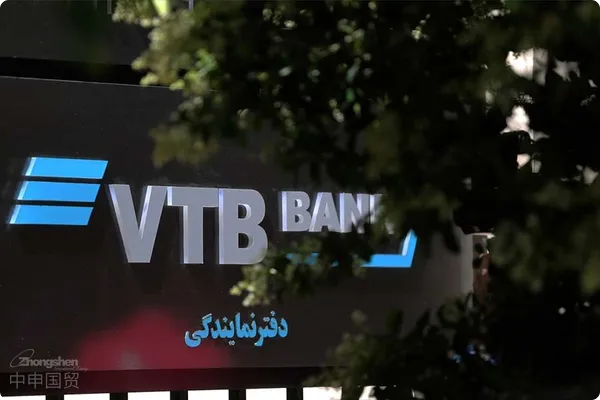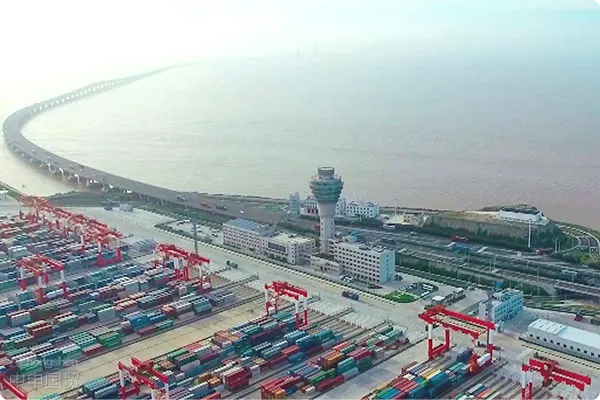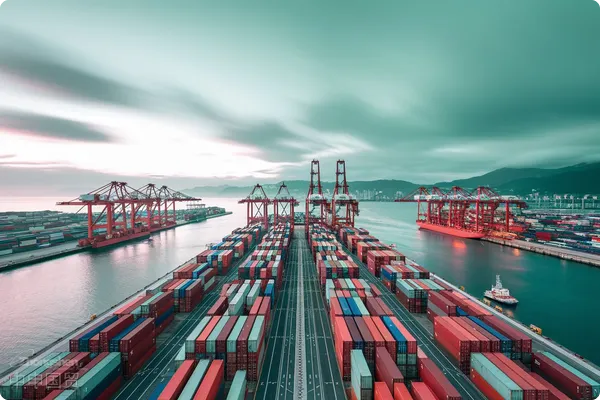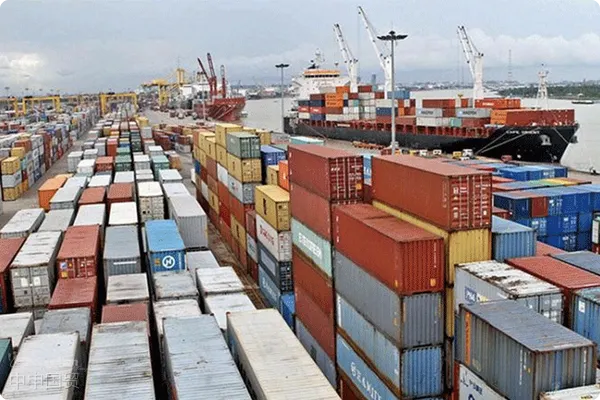- Shanghai Zhongshen International Trade Co., Ltd. - Two decades of trade agency expertise.
- Service Hotline: 139 1787 2118
The EUs trade policies have a profound impact on many exporting countries, especially when it comes to complex anti-circumvention investigations. Recently, the anti-circumvention investigation of Indonesian biodiesel has attracted widespread attention, with the issues of 60% raw materials and 25% value-added rate becoming the focus.
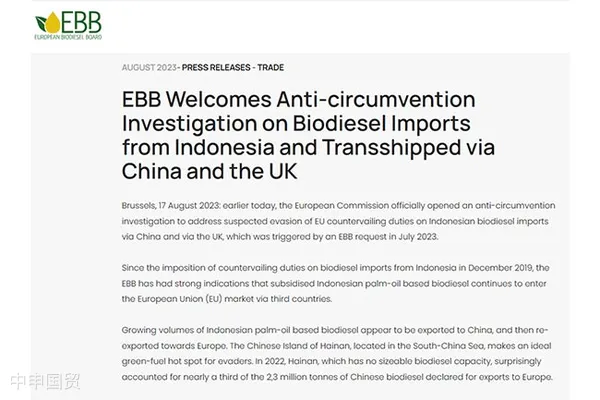
Why Initiate an Anti-Circumvention Investigation?
On August 17, 2023, the European Biodiesel Board (EBB) initiated an anti-circumvention investigation based on Article 23 of the Countervailing Regulation.
The Regulation emphasizes three key legal elements constituting circumvention: changes in trade channels and methods, changes without sufficient economic justification, and the undermining of the effectiveness of the EUs trade remedy measures.
Facing this investigation, Chinese enterprises need to pay attention to the EU Commissions investigation focus and legal basis.
60% vs. 25%: Why Are These Two Ratios So Critical?
Under the Anti-Dumping Regulation, 60% and 25% are two core thresholds.
The 60% raw material sourcing threshold: This ratio focuses on the origin of the main raw materials used in the product under investigation. If a company sources over 60% of its raw materials from the investigated country, it may be deemed as circumvention. This aims to prevent companies from adjusting their supply chains to evade tariffs.
The 25% value-added rate: The 25% threshold examines the value added by the company during the manufacturing process. Even if a company uses a significant amount of raw materials, substantial value addition during production may exempt it from circumvention claims. This ensures genuine substantive processing rather than superficial adjustments for evasion.
Anti-Dumping and Countervailing: From Price Comparison to Subsidy Margin
The Core of Anti-Dumping:Anti-dumping investigations center on comparing domestic sales prices with export prices. If a countrys export price is lower than its domestic price or production cost, it may constitute dumping. Such price differences can harm the importing countrys industries, potentially leading to anti-dumping duties on goods from specific countries.
The Key to Countervailing:Countervailing investigations are not based on price comparisons but on subsidy margins. The focus is determining whether unfair government subsidies provide competitive advantages to producers in specific countries. Unlike anti-dumping, countervailing aims to prevent market distortions caused by unfair government intervention.
Connections and Differences Between the Two:Both anti-dumping and countervailing are trade remedies the EU employs to protect its industries, but their focuses and applications differ. Anti-dumping targets pricing, while countervailing addresses government intervention. Both aim to ensure fair competition and prevent harm to EU industries from unfair trade practices.
Due to these differences, the 60% and 25% thresholds in anti-dumping do not directly apply to countervailing investigations.
Conditions and Applications of Anti-Circumvention Investigations
In EU anti-circumvention investigations, specific conditions and scenarios often influence outcomes and decision-making.
The Role of Processing/Assembly Factories:
1) The EU pays special attention to processing/assembly factories in anti-circumvention cases, as they may involve substantial use of Indonesian raw materials, affecting the final products origin determination.
2) If the EU Commission finds Chinese companies using over 60% Indonesian raw materials for processing/assembly, this may constitute circumvention.
The 25% Manufacturing Cost Value-Added Rate:
1) This threshold evaluates value added during production. Even if Indonesian raw materials exceed 60%, achieving 25% value addition exempts the process from circumvention claims.
2) This provision is particularly relevant for companies with high technical expertise or unique manufacturing processes.
The EU Commissions Basis and Focus for Initiation:
1) In anti-circumvention investigations, the Commissions stated basis and focus define the scope. If the initiation notice explicitly references the 60% and 25% thresholds, companies must closely monitor their application.
2) Companies should also note whether the Commission mentions Indonesian processing/assembly factories in China, as this may become a key investigation point.
Practical Application and Analysis:
In practice, anti-circumvention investigations may not rigidly follow written regulations. The Commission may flexibly interpret rules based on case specifics. For example, if Chinese companies prove their use of Indonesian raw materials is economically justified rather than for circumvention, this could lead to favorable outcomes.
Conclusions and Recommendations
The 60% raw material and 25% value-added rate issues in anti-circumvention investigations are complex and critical. For exporting countries and enterprises, understanding the underlying logic and application conditions of these two ratios is crucial. When facing EU anti-circumvention investigations, companies need clear strategies and thorough preparation to ensure their interests are protected.
Related Recommendations
? 2025. All Rights Reserved. Shanghai ICP No. 2023007705-2  PSB Record: Shanghai No.31011502009912
PSB Record: Shanghai No.31011502009912
